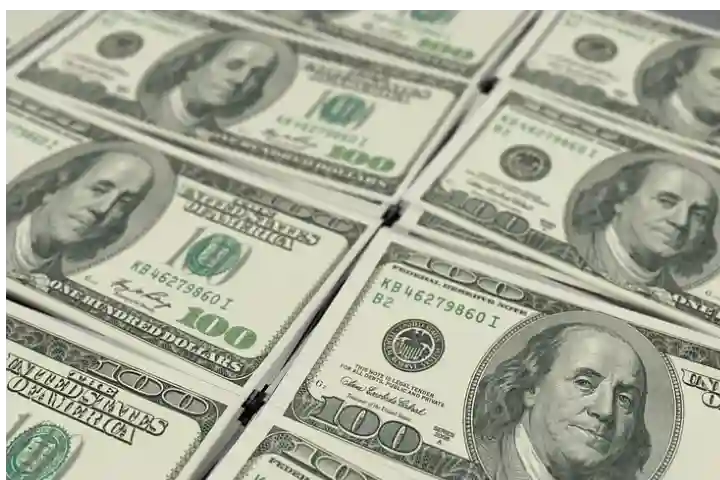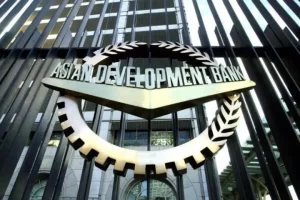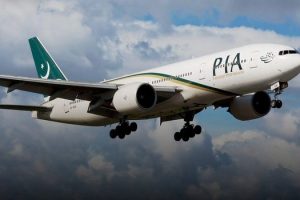Economic crisis in Pakistan is deepening. After its foreign exchange reserves got a boost with an amount of $2.3 billion from a consortium of Chinese banks flowing in, its forex reserves have once again fallen on June 30 below the $10 million mark. It was $9,816.3 million, down $493 million against $10,309 million on June 24, the State Bank of Pakistan data revealed.
The SBP has sounded off a warning to the Shehbaz Sharif government. It said that it will be difficult to support imports.
Unsurprisingly, the country’s current is once again under pressure and hovering around 207 against the US dollar. In late June, it hit a historic low of more than 211. The SBP has also started raising interest rates to contain inflation. The key interest rate is now 15 per cent.
Also read: Pakistan could face mass hunger as land use for crops drops
The delay in concretisation of the International Monetary Fund (IMF) bailout package has caused more worries. Despite Islamabad increasing tax rates and fuel prices with a view to removing subsidies, it is taking time to materialise.
Since its birth, Pakistan has borrowed money 23 times from the IMF in the past 30 years.
Sushant Sareen, Senior Fellow, Observer Research Foundation, in an article said that it is clear that without the IMF coming to the rescue, Pakistan will default and become a Sri Lanka-like crisis on steroids given the scale of the problem.
He noted that most government expenses —subsidies, pensions, running of civilian government, development projects are being funded by taking on additional debt.




















